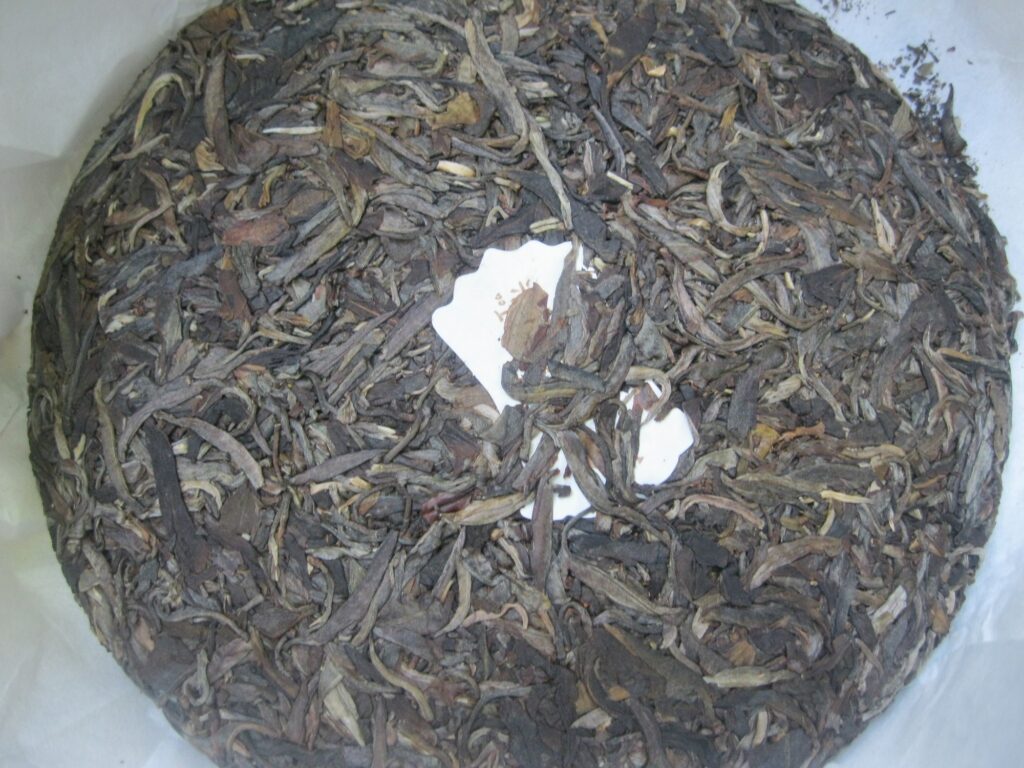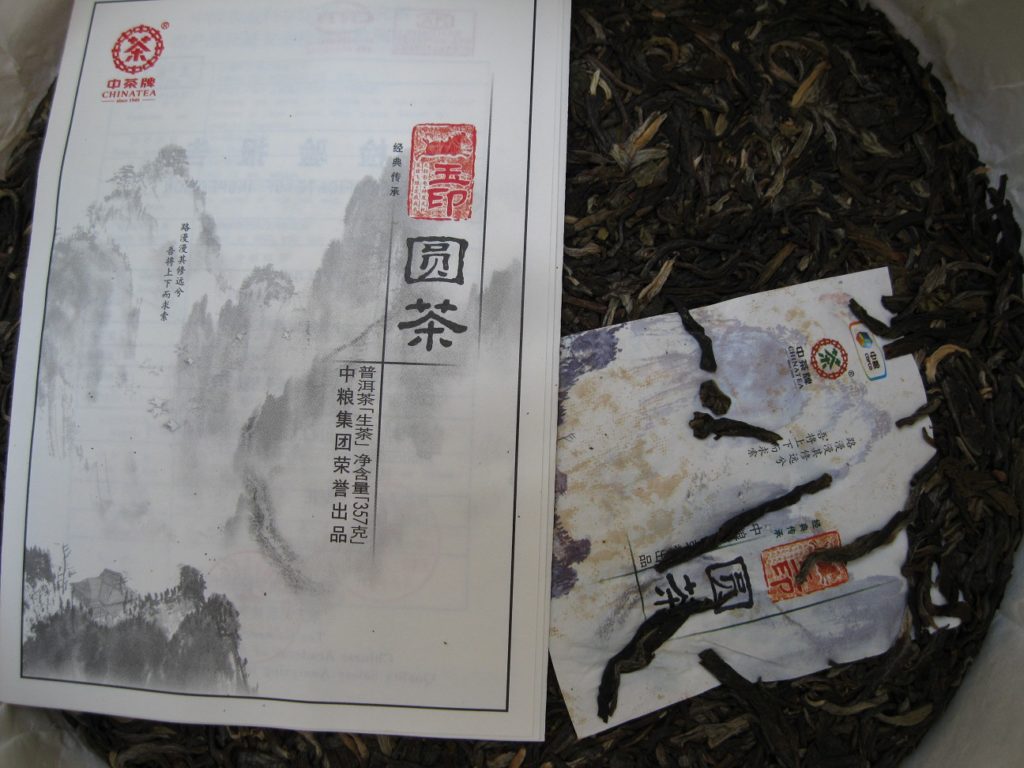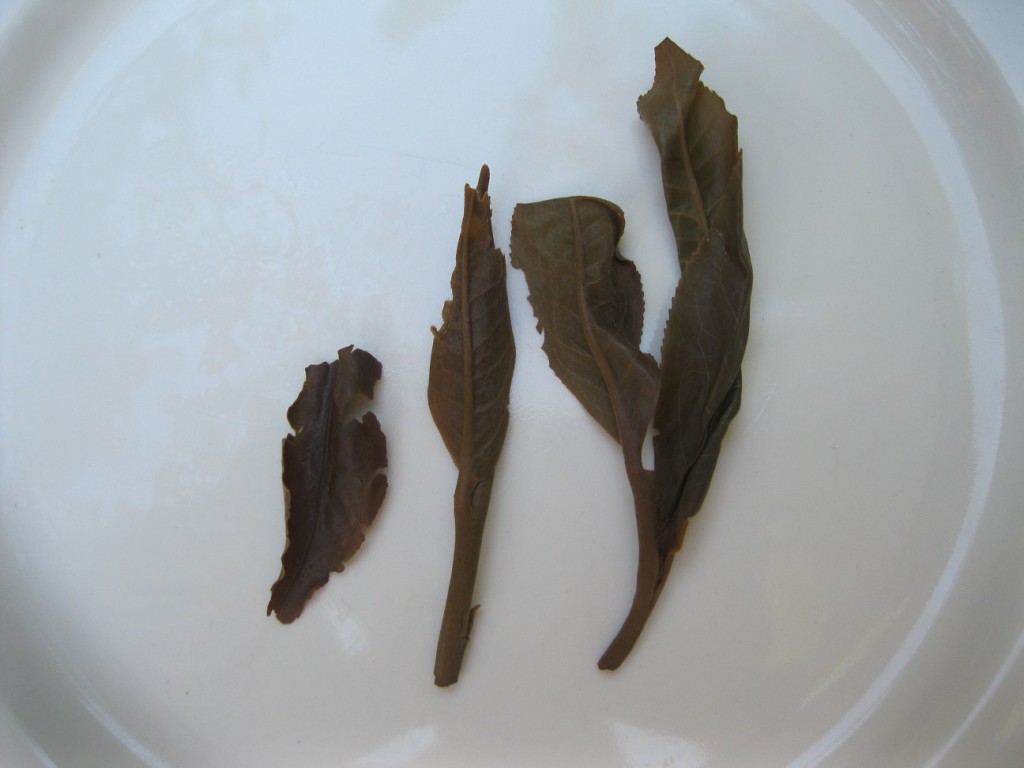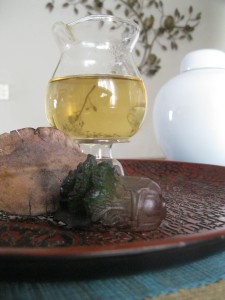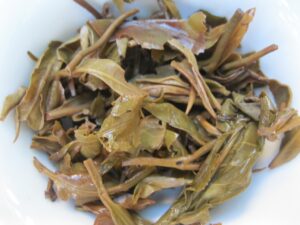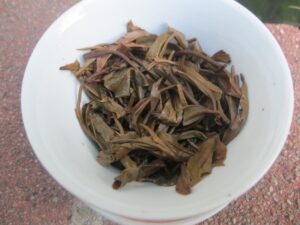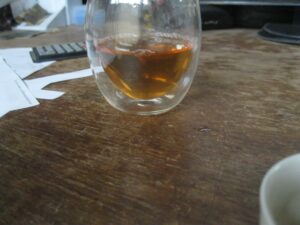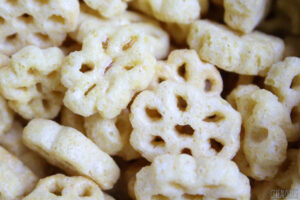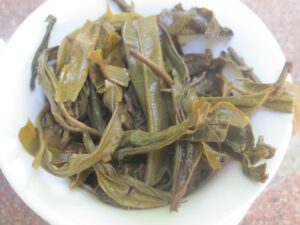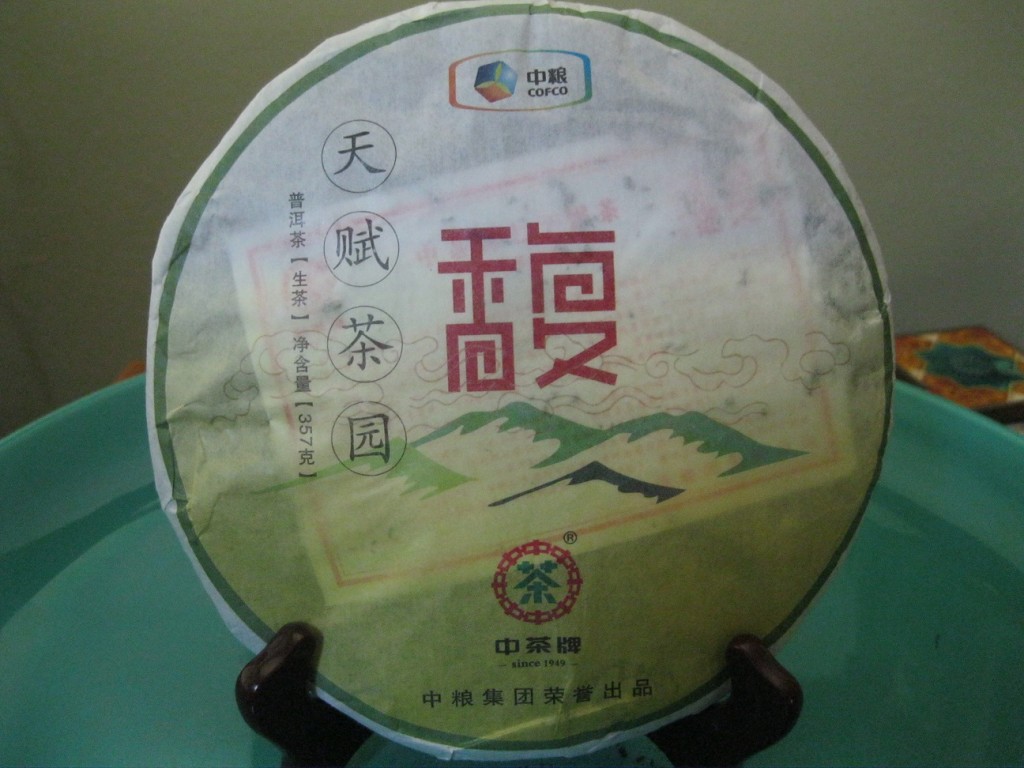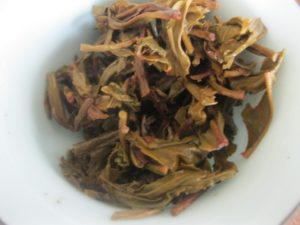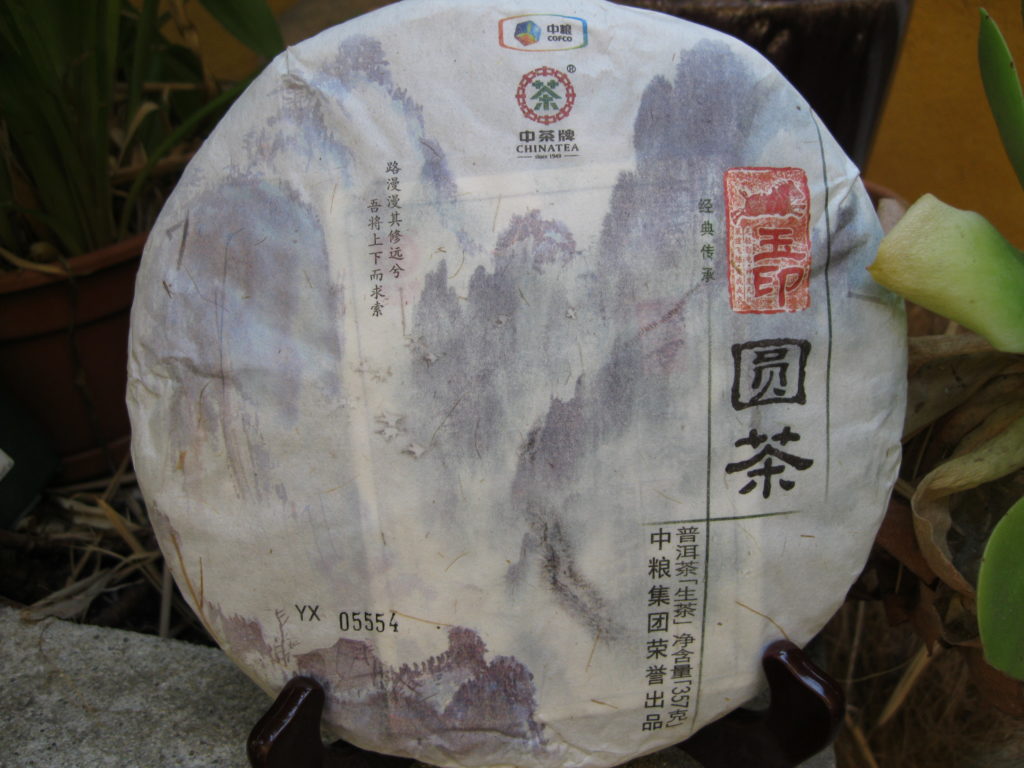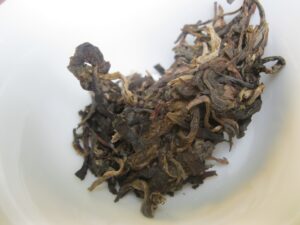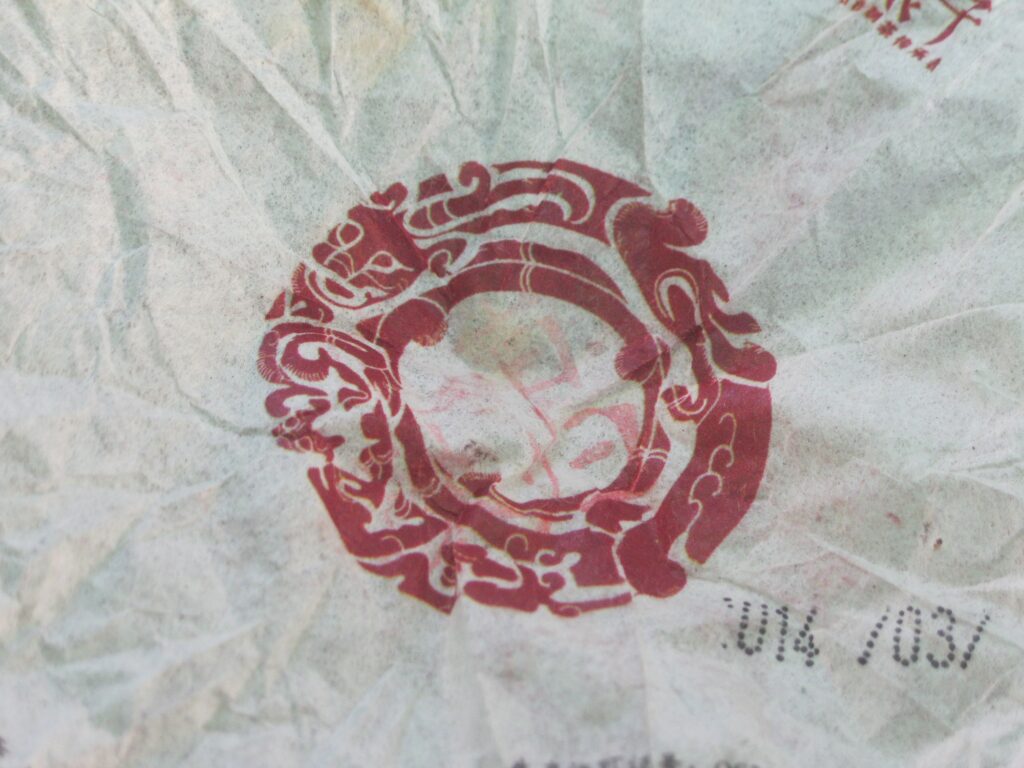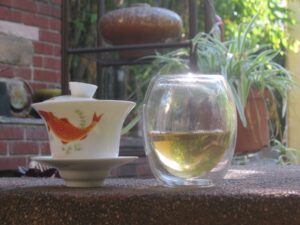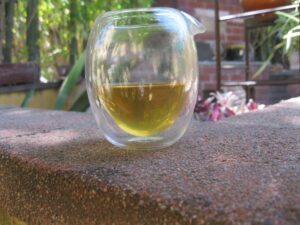Crouching Tiger Hidden Junky
Crouching Tiger Hidden Junky finds our hero cum villain engaged in a bit of an autumn reverie. The occasion is Crouching Tiger Hidden Dragon, a ’19 production comprised of Guogan material. Guogan is the Mandarin name for a Burmese border town known for high quality material that can be acquired at rat-killing prices compared to Yunnan side of the border. Crouching Tiger is a Chinese idiom here meaning “diamond in the rough.”
Our censors have informed that the polite crowd now refers to “Burma” as “Myanmar.” No one says French Indo-China, Siam, or Rhodesia anymore either. For the record, it’s also now called “Myanmar Shave.” Anyway, we see that the peevish Puerh Junky is far into his session with Crouching Tiger. He remarks to the narrator that the autumn weather suits the musky, cologne character. We zoom in:
“This isn’t one of those piercing perfume productions. The oils have real earth tones to them, making it one of those appealing unisex type scents not a “church lady” horror. There’s a nice ensemble of vetiver, vanilla, a touch of black pepper, possibly cumin and definitely oak. The ferment adds a cantaloupe finish that is far better in autumn than summer to this Junky’s palate. Ferment is to be expected for a production of nearly five year (autumn ’23) and moderate density. Whether the new processing style exhibits such a characteristic is an open question.”
Mister Junky, that’s all very interesting but when do we get to the kung-fu, some flying kicks, a romantic interest or something?
“I think you’re talking about the movie and not the tea.”

